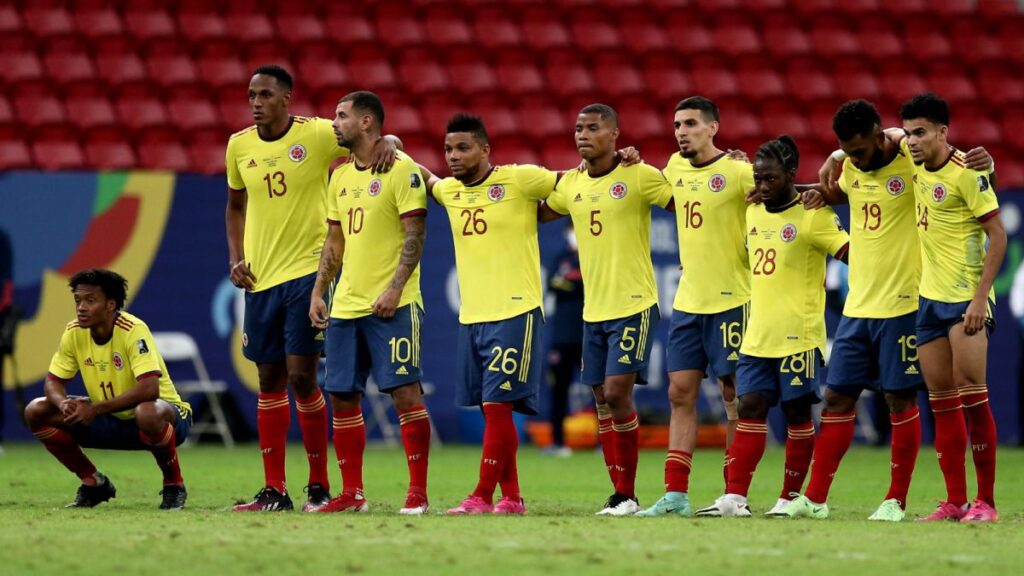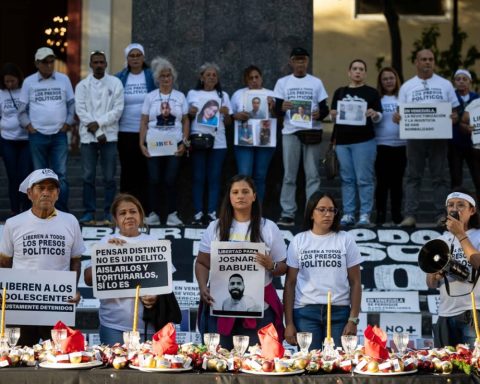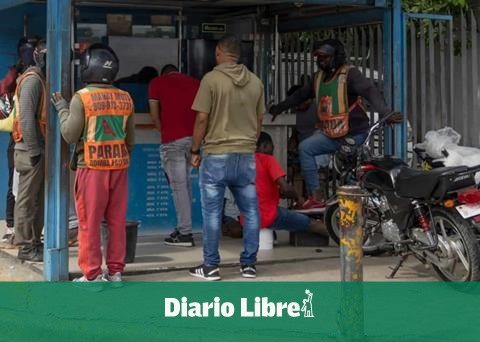Son Kayorí is an Isthmian group that cultivates “Caribbean music, traditional salsa, a lot of traditional Cuban son. We have been around for about ten years doing things, among them, we have come two or three times to the Music Festival Piña Colada fusion in Ciego de Ávila and we have produced here a production called Original y sincere, which we recorded a few years ago at Egrem’s Estudio 18 and the producer was Arnaldo Rodríguez”, Adalberto Bazán, leader of the group, told me, to whom music recently brought him back to Havana.
“We recorded two new songs that do not have a commercial touch, let’s say. One has a lot to do with the Panamanian colonial era, it is a tribute to the indigenous chief who was called Urracá, very representative of the province of Veraguas in Panama. A deceased composer , Edwin Silveras, offered me the song to record it. Unfortunately I couldn’t do it at that time due to financial reasons, however now we had the chance to come and we did it, first as a Tribute to Urracá, which is exactly how it was calls the song, and also as a recognition, a posthumous tribute to the architect Edwin Silveras, who was a great composer of ours.
“The other is a song of mine called “Song for an absent friend” and it has a lot to do with the friends who left us in the time of the pandemic. For example, the arranger of the production that I made here died of of the Covid and some other fellow musicians there in Panama also passed away and this is a tribute to them “.

Musically, both pieces are also very different: “The tribute to Urracá has the rhythm of salsa itself, logically with the touch of traditional Cuban music, because I love that. The other is a kind of fusion of Caribbean music. In At first I perceived it as a very Panamanian rhythm called “tamborera”, but there has been a small change due to the characteristics of the arranger who is Cuban and the musicians, so it is a fusion of Caribbean music, but it is within the essence of what Afro-Hispanic music is and I like it a lot, I think the theme has grown”.
Adalberto Bazán has lived in Panama City for many years, but he has insularity in his veins, he was born on one of the islands of the Pearl Archipelago, in the heart of the Gulf of Panama, “most of the people there are Afro-descendants, what here in Cuba is called the rumba, there are the bunde, the bullerengue, the congo games, which are part of the Afro-Panamanian culture,” he tells me.
Matamoros, the Sonora Matancera, the bolero and the son, the timba, the Cuban musicians and the public of the largest of the Antilles, definitively conquered him: “The Cuban public is, in my opinion, of high quality, because it is a very receptive audience, but at the same time it has the ability to know what is right, what is wrong and one very important thing, it is an audience that contributes and that teaches you to respect, not to discriminate, not to think that , because the spectator is not on stage with you, they are ignorant of what is happening. The Cuban public goes to concerts or shows because they know what they are going to see and if it is not what they were sold, they go to say: this was not what I came to see. Thank God, what we have met there in Ciego has been a very receptive public and that is why we have come several times, because I am sure that if we had done it wrong They wouldn’t have invited us back.”
At this point he reminds me that he has been to Cuba about 17 times and comments on the colleagues with whom he has worked and shared here: “I have a lot of confidence in Cuban musicians. I like the work they do because of that feeling… Well, for me, Cuba has always been a cultural, scientific, and educational reference, and I love the work that is done here.

“With Arnaldo we have made a friendship from the moment we met. An excellent person, an excellent musician and also an excellent producer, very responsible, that is why I made my first production here with him and I have returned because I have a lot of confidence in the work that Arnaldo does. and his team. I am very satisfied with the result, with the quality of the musicians who work here, even though they are quite young guys, when you listen to the work they seem to have any number of years in this environment, so that shows that the Cuban musical school is a school that teaches music seriously and I love that, because the result is going to be that traditional character that I like to give to what I do”.
Although more than two hours of direct flight separate us, Panama is “right there” culturally much closer than we can imagine: “We Panamanians, despite the fact that we are on the mainland, we are also Caribbean, just like Cuba, the other is that we are all Hispanic, we have the colonial heritage of the Spanish, but also that African essence, so these two cultures come together and the result is the seasoning, which is the same as that of Cuban and Panamanian food; the behavior that The talkativeness of the Cuban is the same behavior of the Panamanian people… because that is also expressed in the music. Of course they are different cultures, but there are always points of convergence due to that historical heritage”.
And Adalberto doesn’t take long to make it clear that he himself is an example of that connection between our idiosyncrasies, we talk about rhythms and he lets me know that if a timba plays and he stays still, it’s because he’s dead: “Cuba is a musical reference. Everything what is happening at the level of Afro-Hispanic popular music, the reference is Cuba: the bolero, what they call salsa, many do not agree, but it is a degradation of the son There are many people who are trying to make timba, but that was where the Cuban put a very strong key, as if to say: let’s see if they can do what we do. I’ve always said: to do timba you have to be Cuban. It has so many things, timba is a combination of so many things, it has jazz, it has son, rumba, so that’s complicated”.
















